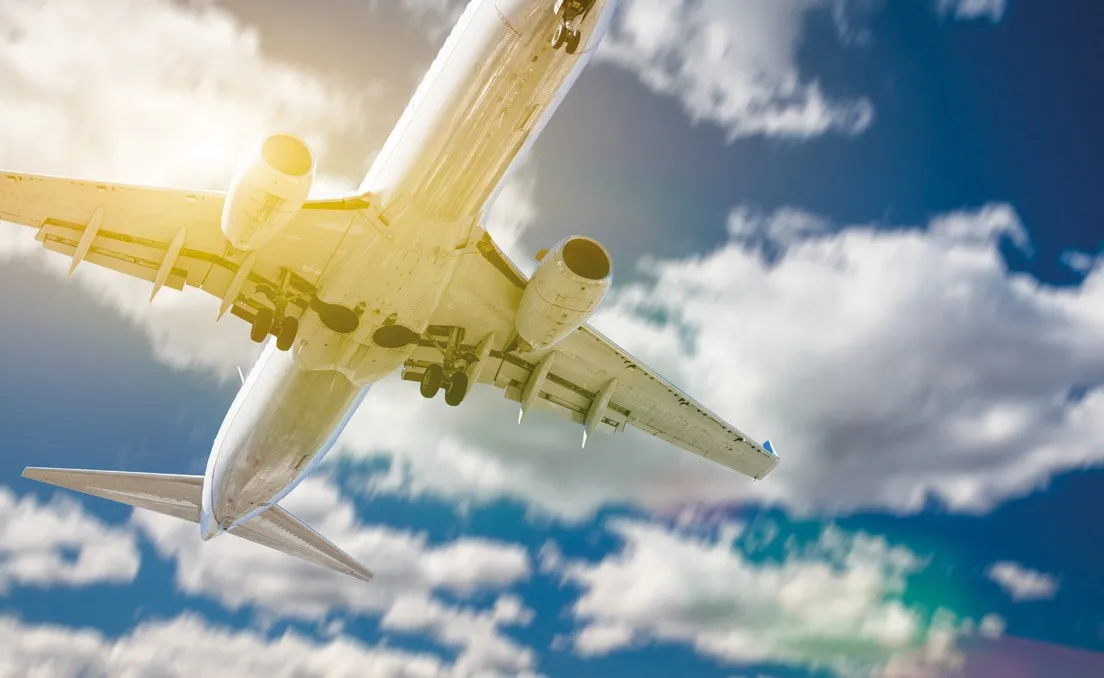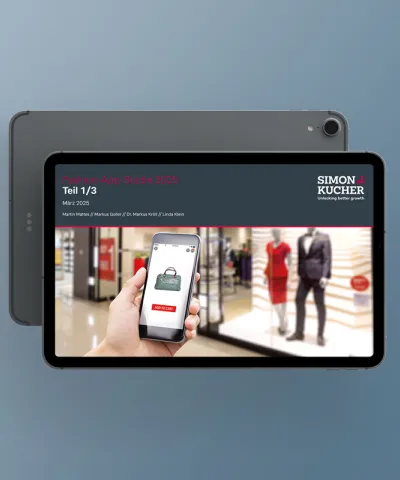Personalized experiences: The vacations of tomorrow
Digitalization is no new trend for the travel industry. The traditional high-street travel agency has more or less been replaced by online agents, websites, search engines, apps, and aggregators. Paper-free travel is the norm – booking a flight, checking in, and even boarding an aircraft are all possible without talking to a single person or printing a single ticket. However, the travel industry is far from being done and dusted with digitalization: As early advocates of the digital revolution, hoteliers, airlines, and travel agents etc. are already set up to move to the next level – personalization. The digital infrastructure and Big Data expertise they have developed are crucial elements, but there is still much to be done when it comes to improving customer engagement and relationships. Read on to find out how travel companies can achieve the Holy Grail of personalization.
Simon-Kucher Insights
Twenty years ago, while other industries were still wondering how the internet could affect their business, airlines were already selling tickets online, and websites like Expedia were changing forever the way we buy travel products. Still, the industry’s digital transformation is far from complete. Personalization is the latest trend, especially as customers now seek a tailored “experience”, be it an hour dancing flamenco with a local in Andalusia or a fresco painting workshop in Florence. It certainly doesn’t mean traipsing around the main attractions with a busload of other tourists.
Data-driven companies, big hotel chains, and airlines are well positioned to handle large amounts of data, which they can use to uncover customer behavior patterns to shape such individualized experiences for their guests. Knowing which welcome drink to present to Mike and Rachel on their first evening on board the cruise ship adds a personal touch to the start of their journey, while being able to greet them by name at check-in or serve them with “their usual” in one of the cruise ship’s many restaurants further personalizes the experience.
To accomplish personalization, collecting, mining, and applying customer-linked data is a key ingredient that helps travel companies to target and customize their offers. But relying on this internally generated data alone is not enough. First, data needs to come from both internal and external sources. Hoteliers and airlines have a lot of information about their customers and how they behave when they interact with them, but have little understanding of how they communicate with others. From getting inspired, to considering a trip and eventually making a booking, the customer journey is rarely made through one channel, device, or operator. Using only internal customer data limits any travel company’s insights and ability to customize and personalize an offering. As the likes of Booking.com and TripAdvisor have monopolized the customer relationship by smartly inserting themselves between the hotelier and traveler, it’s time for travel companies to bring their A game.
Furthermore, data captures the measurable aspects of consumer behavior, but not customer attitudes, beliefs, and the more qualitative elements that are often critical in building stronger relationships. Essential here is a comprehensive customer segmentation that factors in both behavior and attitude. This kind of segmentation not only enables hoteliers to personalize their services and products, but also to tailor their communication and “tone of voice” to customers’ attitudes and preferences.
Last but not least, personalization is not just about the product, service, and communication; it’s also about the price paid or promotion received. Pricing for travel products is already relatively fluid and dynamic, as revenue management enables hoteliers and airlines to balance demand and a relatively fixed supply while maximizing revenues via price. Traditionally, these practices are based more on transactional data – e.g. tracking bookings made for a flight or a hotel vs. the available capacity. Customer-linked data takes pricing to the next level, with pricing also becoming personalized rather than just transactional. However, this is easier said than done: it requires combining what the marketing department knows about the travelers and their customer lifetime value with the yield management department’s knowledge of optimizing revenues based on the capacity situation. So far, these two units have not joined forces – but only by doing so can they increase travel companies’ profits while helping them score some points in their struggle with OTAs and aggregators, by creating a more personalized experience for travelers. Think how much customers will appreciate promotions that apply to their actual situation instead of the generic offers they receive today.
At the forefront of digitalization
A pioneer in using digitalization to create personalized experiences is Disneyland. They understand that the experience consists of three phases – before, during, and after the visit – and systematically work on each of them. They generate excitement and anticipation throughout the booking process, which only increases once the “magic band”, a multipurpose wearable, arrives prior to the visit. During the visit, the wristband is used to open doors, buy food, drinks, and merchandise, to enter pre-booked attractions via the fast track, and most importantly, the information contained on the magic band enables park employees to personalize their interactions with visitors. When kids meet Mickey Mouse for the first time, he will say hello and ask them about themselves, and whenever he sees those (magic band-wearing) kids again, they will be delighted to see that Mickey hasn’t forgotten their names! At the park’s restaurants, the wristband holders’ pre-ordered food starts being prepared as soon as they come through the door, and the waiter finds their table thanks to the magic band’s GPS signal. After the visit, all the pictures taken of the wristband holder are magically collated into a personalized photo souvenir for them to keep.
Advice from our experts
Join the dots for a real personalized experience! Here are five key pointers for developing more personalized and unforgettable experiences (and prices) for travelers.
1. Link as much data as possible with your customer: To develop personalized experiences, you need to be able to link a maximum of data across the customer journey – from enquiry to booking to staying/consuming. Travel players are increasingly using loyalty schemes to create an indirect incentive for customers to provide more data and/or link data back to themselves. Furthermore, an omni-channel approach is required across all customer touch points, ensuring every customer interaction can be linked back to the individual customer.
2. Don’t focus exclusively on internal data: Big Data means incorporating data sources from the outside to get the full picture regarding your passengers, guests, and visitors. Don’t just rely on your internal data – include external data on how customers behave outside your universe.
3. Develop an attitudinal and behavioral segmentation model: Data tells only part of the customer’s story, and fails to capture the more integral aspects of our attitudes, wishes, preferences, and beliefs. A coherent customer segmentation model that combines both attitudes and behavior not only enables you to develop personalized products and services, but also to tailor your “tone of voice” whenever you interact with your customers.
4. Combine personalization and pricing: Lock in customers by applying both the insights gained by your marketing team and your revenue management department’s pricing and promotion expertise. Use customer lifetime value and transactional data analyses to generate individualized, tailor-made promotions and prices that make sense to both the traveler and your bottom line. However, be careful; it’s important that customers recognize you for your good price, rather than for taking advantage of their willingness to pay.
5. Plan centrally, act locally: With so much talk about collecting and analyzing data, don’t forget to ensure your local management are on board, e.g. hotel managers. They make a lot of decisions independently, be it offering promotions or collecting data from guests. Since they are often not fully integrated into headquarters’ strategies, they don’t always follow decisions as planned. Put processes in place to ensure they link and collect customer data when interacting with customers, and use their expertise to add a local flavor to the personalized service.







